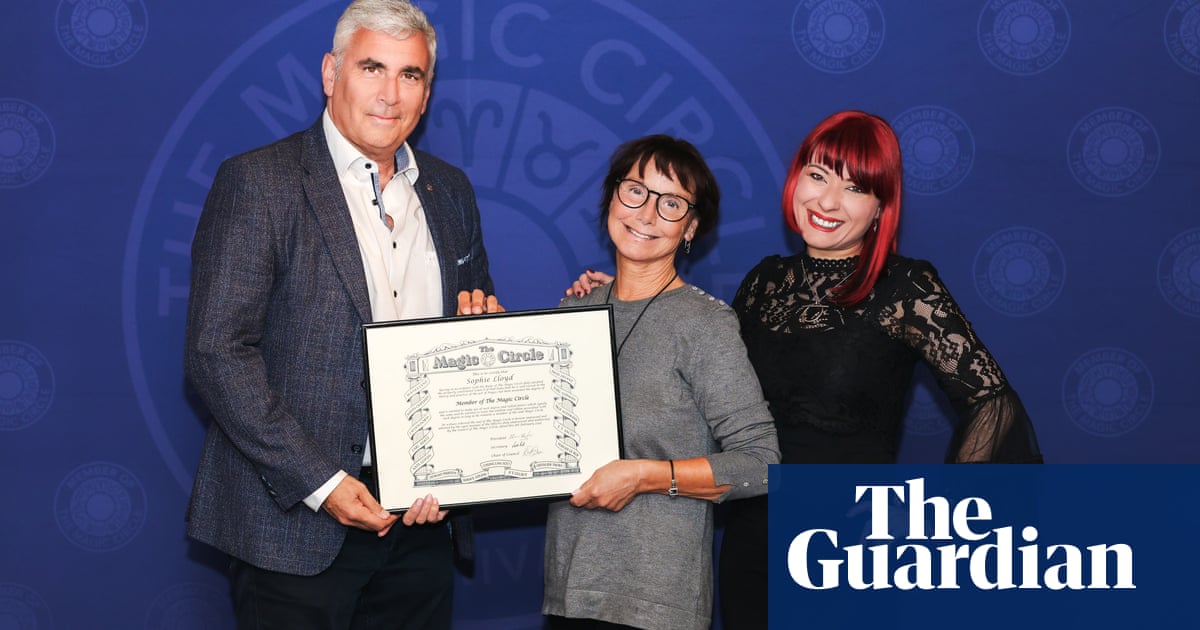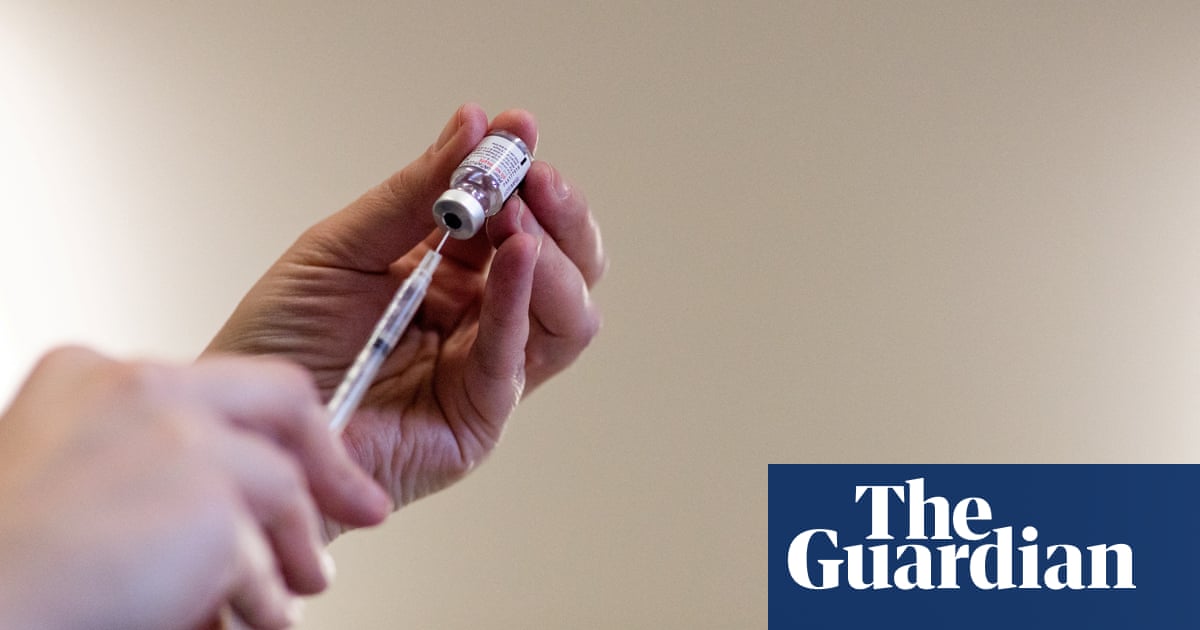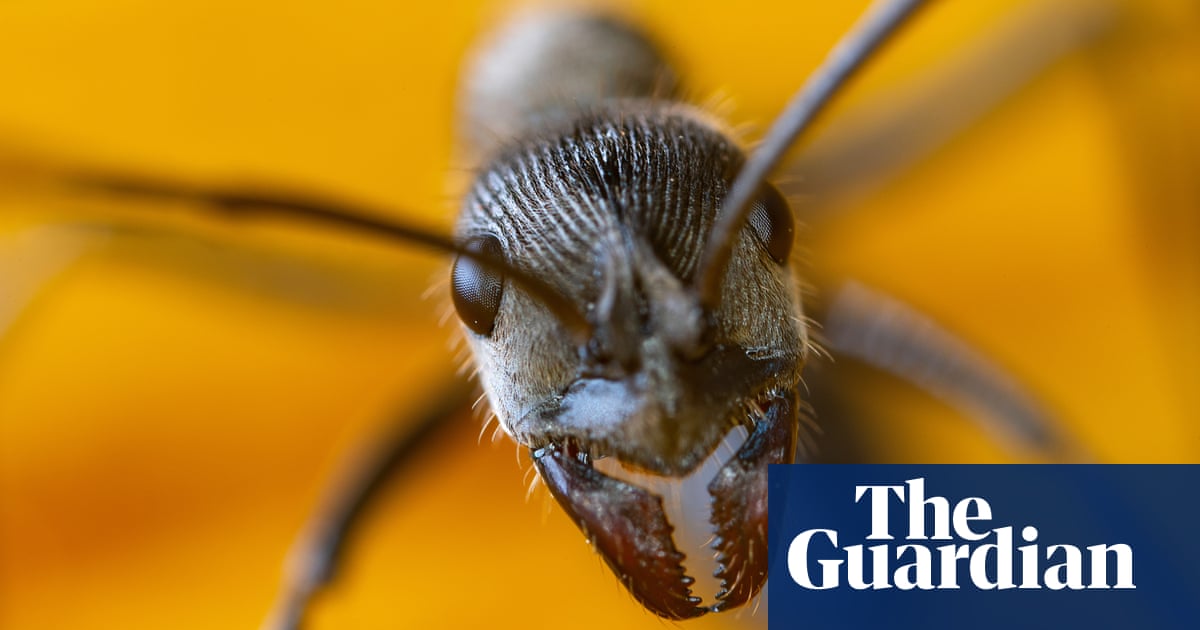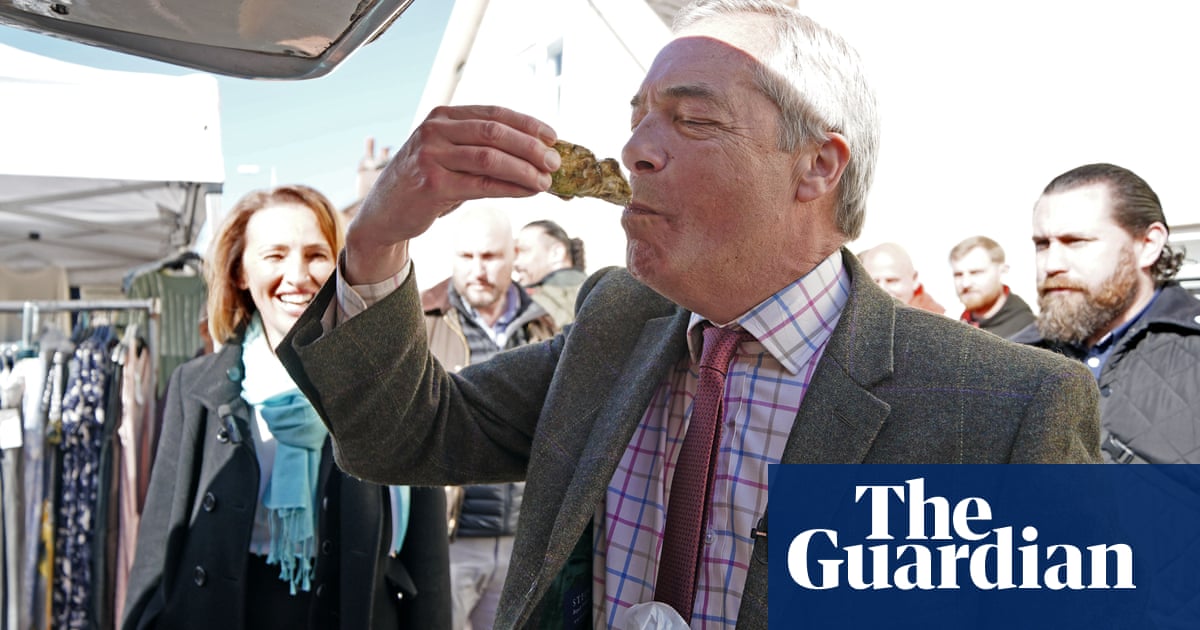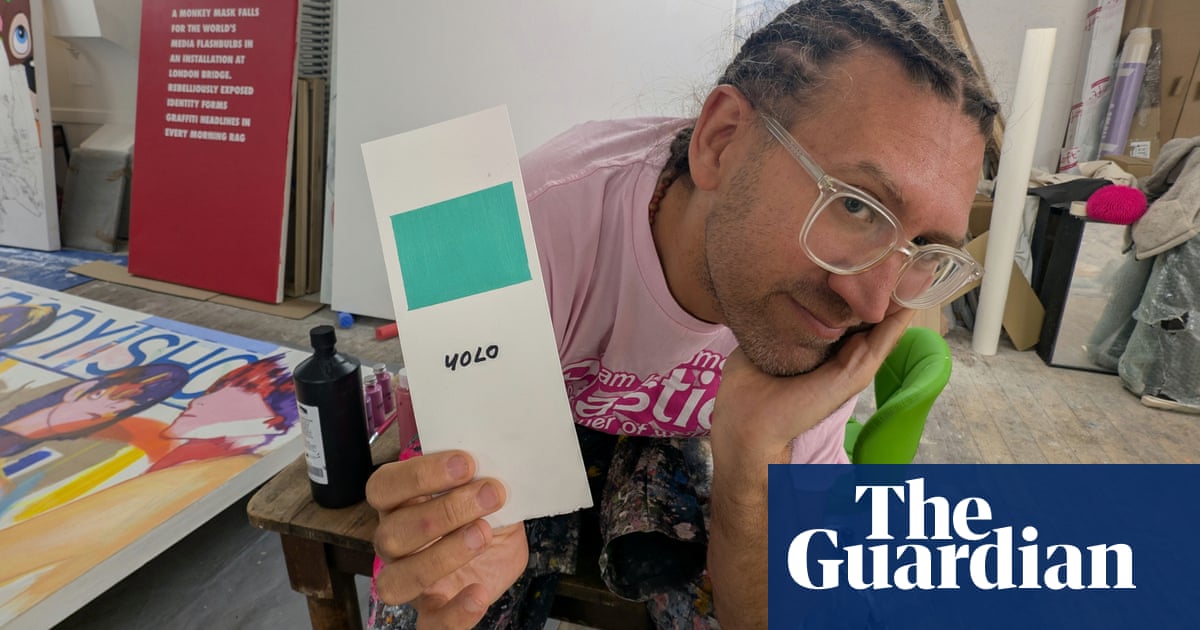In 1769, nearly nine months after setting sail with Capt James Cook on his first voyage to the Pacific, Joseph Banks and Daniel Solander disembarked from HMS Endeavour and made history as the first European botanists to explore the island of Tahiti.
Once on land, they faced a mammoth task: how to describe and name, for the benefit of other European naturalists, the hundreds of plants they were encountering for the first time.
Their groundbreaking discoveries filled seminal 18th- and 19th-century botany publications and had a profound impact on western science. But for centuries, the two scientists’ reliance on Indigenous expertise and names for their field notes has been overlooked.
Polynesian and Māori societies and other Indigenous people living in the Pacific islands provided knowledge that helped Banks and Solander to identify and describe approximately 1,400 species of plants that were unknown to European scientists, research by a Cambridge University academic has revealed.
Dr Edwin Rose, of Darwin College, analysed previously overlooked evidence from Solander and Banks’s field notebooks, index cards and annotated texts for his book Reading the World: British Practices of Natural History, 1760-1820, which will be published next month.
He found that Solander and Banks formulated many of the Latin names and descriptions of the new species they “discovered” using information they observed or gathered from Indigenous people.

For example, Solander noted that children “suck out the sweet juice” from the elongated bud of a white flowering vine, now known as Operculina turpethum.
“He makes a specific reference to the elongated bud when describing the plant’s physical features,” said Rose. “I think he paid particular attention to that part of the plant because he saw Indigenous people using it in a particular way.”
This may also be reflected in the original name Solander gave the plant: Convolvulus alatus. The Latin word alatus means “furnished with wings”, and could refer to both the appearance of the plant and its effect on the children who sucked it.
As well as the new Latin names Banks and Solander made up, which then became the plant’s official binomial – its two-part name made up of genus and species – they also often wrote down the existing Indigenous names for a species, spelling them out phonetically and so creating the first written records. “The field notes are quite dense, but they left a blank margin for the binomial, where I noticed all these interesting, phonetic-looking words, like Pao-hue tee eu-ihe,” said Rose.
after newsletter promotion

“These words are the names for the plants as Banks and Solander heard them spoken by the Indigenous people. They record several Indigenous names for each plant, because the different communities they encountered gave the same plant different names.”
He estimates the two botanists collected Indigenous names for nearly 700 species. “There’s a lot of communication going on between the naturalists and the Indigenous people, particularly after they are joined by a navigator called Tupaia, who was an essential link and translator between them and Polynesian societies.”
The Indigenous names the botanists collected provided a “very important” reference point for their research, said Rose.
“We’ve got this fairly shaky Latin binomial that they’re devising in the field – so shaky the binomials often change later on in history – and then they list the Indigenous names underneath … The Indigenous names are the main supporting evidence for these binomials.”
For example, Solander named the kawakawa plant Piper myristicum after learning that from the leaves Indigenous people made a strong-smelling ointment which was used medicinally and in religious ceremonies. Myristicum derives from the Greek term muristikós, referring to a fragrant ointment or perfume used in cultural practices. But this connection was lost when the plant was later renamed Piper excelsum by other botanists.
Listing Indigenous names underneath the binomial also ensured that future European botanists visiting the Pacific would know what name to give an Indigenous person to find that particular plant, and served as a kind of proof of Banks and Solander’s work.
Rose’s research also sheds light on one of two paintings of a Polynesian man called Omai, who met Solander and Banks when he visited London in 1775, that hangs in the National Portrait Gallery. There has been much speculation about the scene depicted in Mai (Omai), Sir Joseph Banks and Daniel Solander by William Parry. Rose unearthed evidence in the scientists’ index cards that suggests Omai was asked to refine further details on species they had encountered in the Pacific.
“On the manuscript slip for Convolvulus alatus and at least 30 others, Solander has actually recorded another Indigenous name for the plant and has written next to it ‘Omai’ – which is a citation to him.”

.png) 2 months ago
24
2 months ago
24


